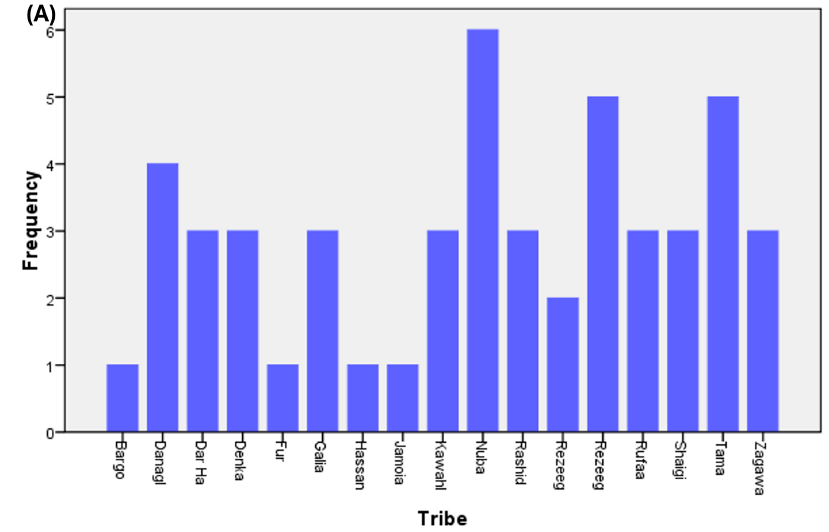Association between Ag-NOR dots and immunohistochemical markers in different grades of breast ductal carcinoma
DOI:
https://doi.org/10.15419/bmrat.v11i5.889Keywords:
AgNOR, ER, Progesterone receptors, immunohistochemical expression, H and EAbstract
Background: Breast cancer is recognized as a significant health issue in developed countries.
Methods: This study aimed to correlate the presence of Ag-NOR (argentophilic nucleolar organizer region) dots with immunohistochemical markers across various grades of breast ductal carcinoma. A total of 100 samples were divided into a test group and a control group, with the former comprising blocks of breast adenocarcinoma and the latter involving blocks of breast fibroadenoma. Each sample was sectioned twice; the first section was stained with Hematoxylin and Eosin (H&E), and the second utilized the Ag-NOR staining technique. The mean Ag-NOR (mAg-NOR) count and the proliferative Ag-NOR (pAg-NOR) count were calculated. Subsequent to microscopic examination of the sections, the laboratory findings and patient demographic data were analyzed.
Results: The majority of ductal carcinoma cases were classified as grade 2. The number of Ag-NOR dots was significantly greater in ductal carcinoma cases than in benign lesions. Furthermore, an increase in the number of Ag-NOR dots was observed with advancing tumor grade.
Conclusions: A strong correlation was identified between the count of Ag-NOR dots and the expression of immunohistochemical markers within different grades of breast ductal carcinoma.

Published
Issue
Section
License
Copyright The Author(s) 2017. This article is published with open access by BioMedPress. This article is distributed under the terms of the Creative Commons Attribution License (CC-BY 4.0) which permits any use, distribution, and reproduction in any medium, provided the original author(s) and the source are credited.
